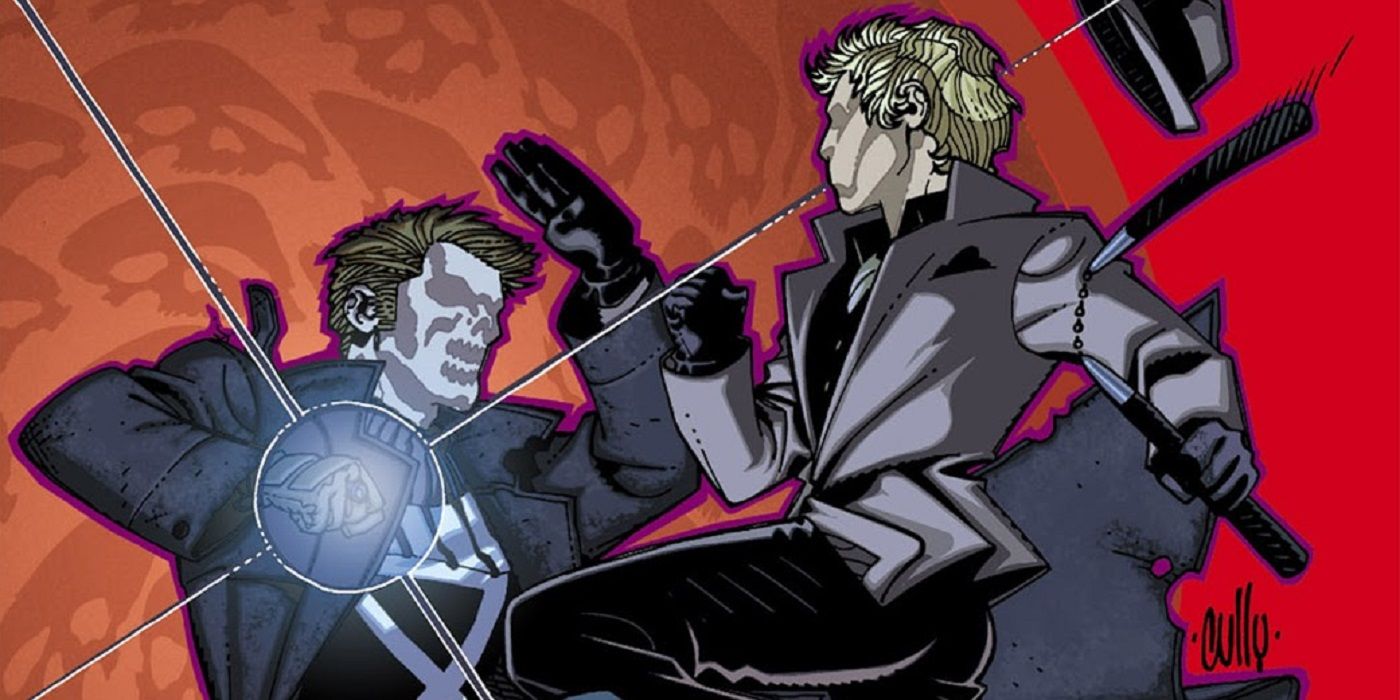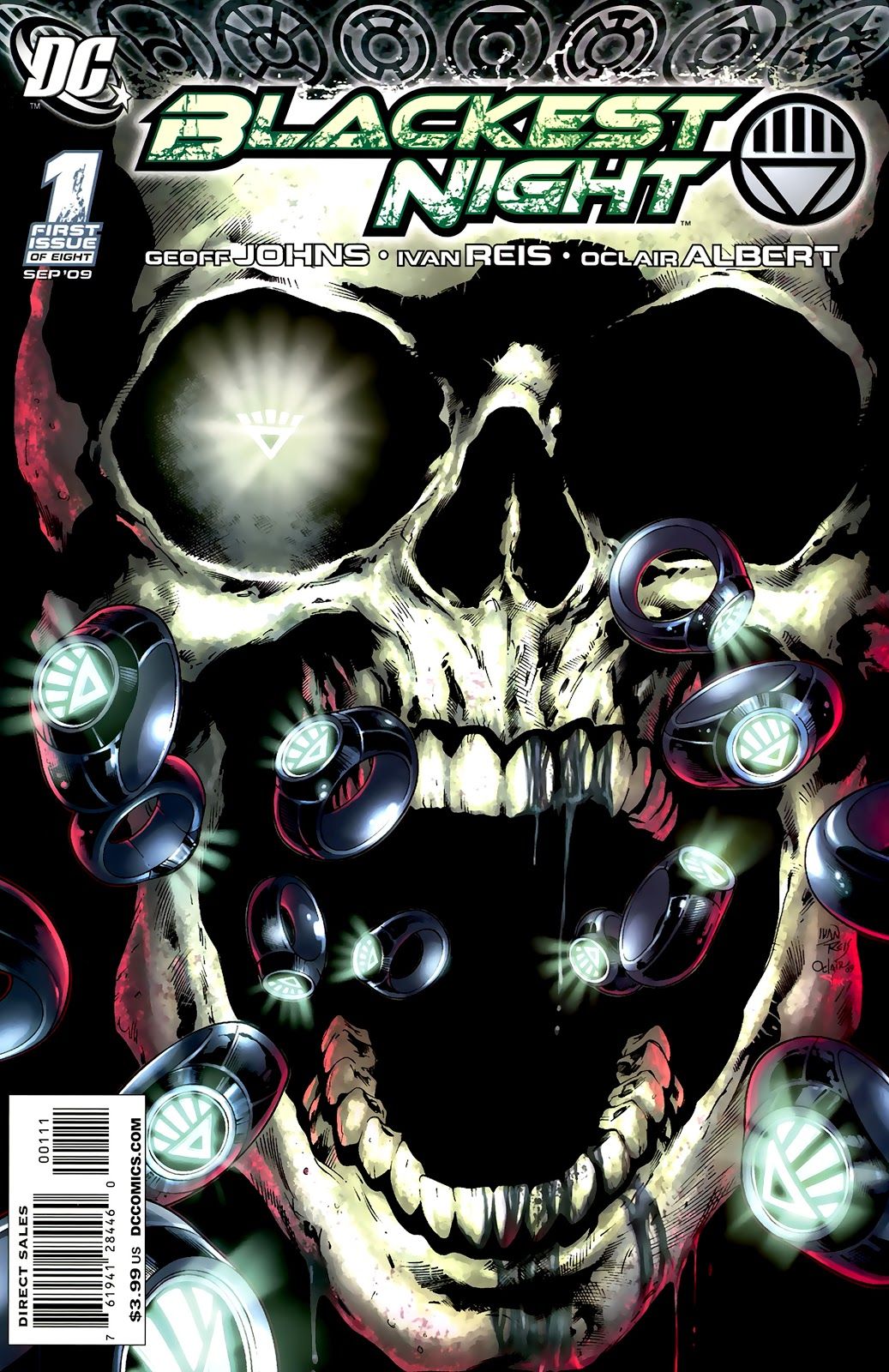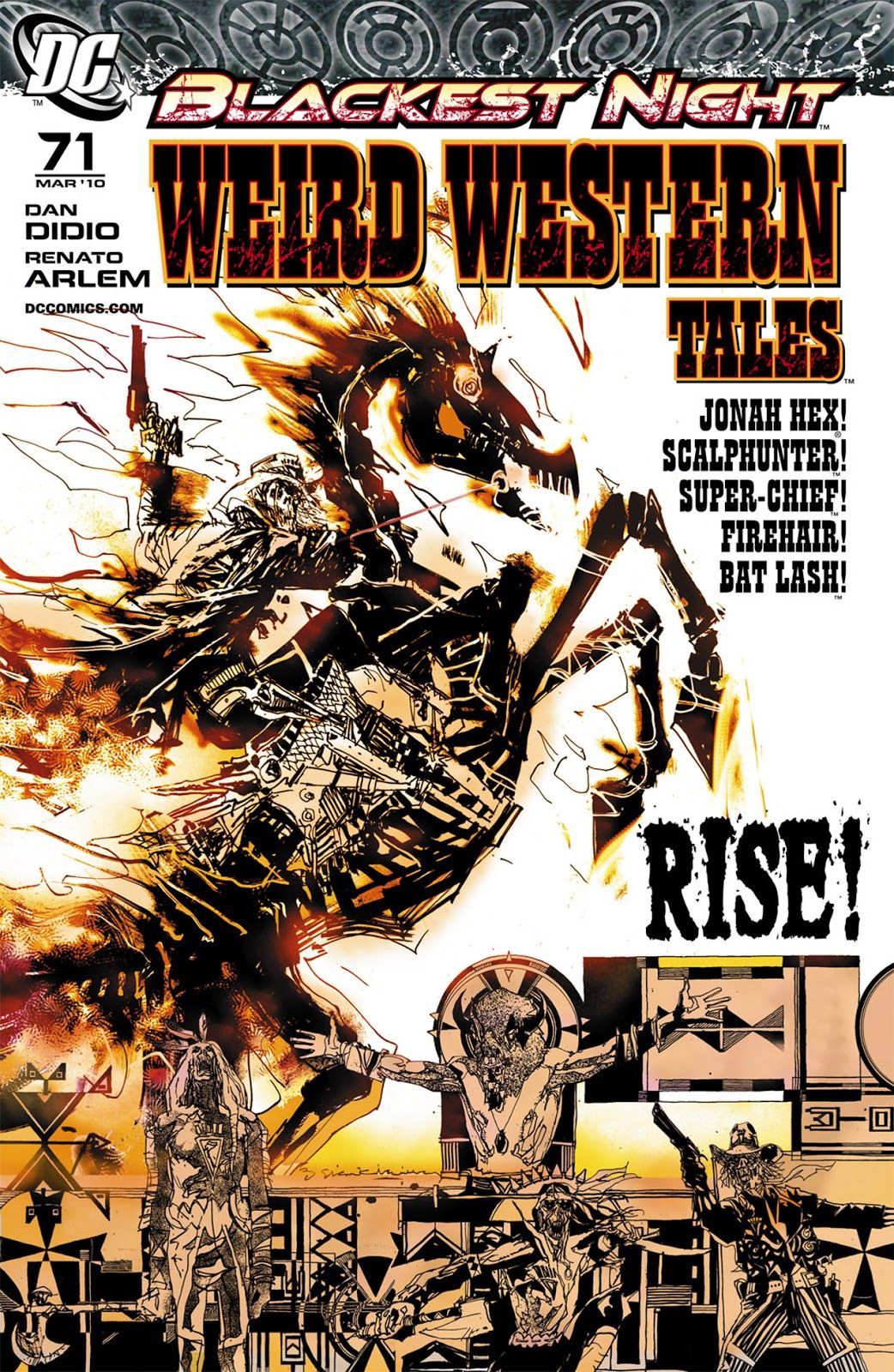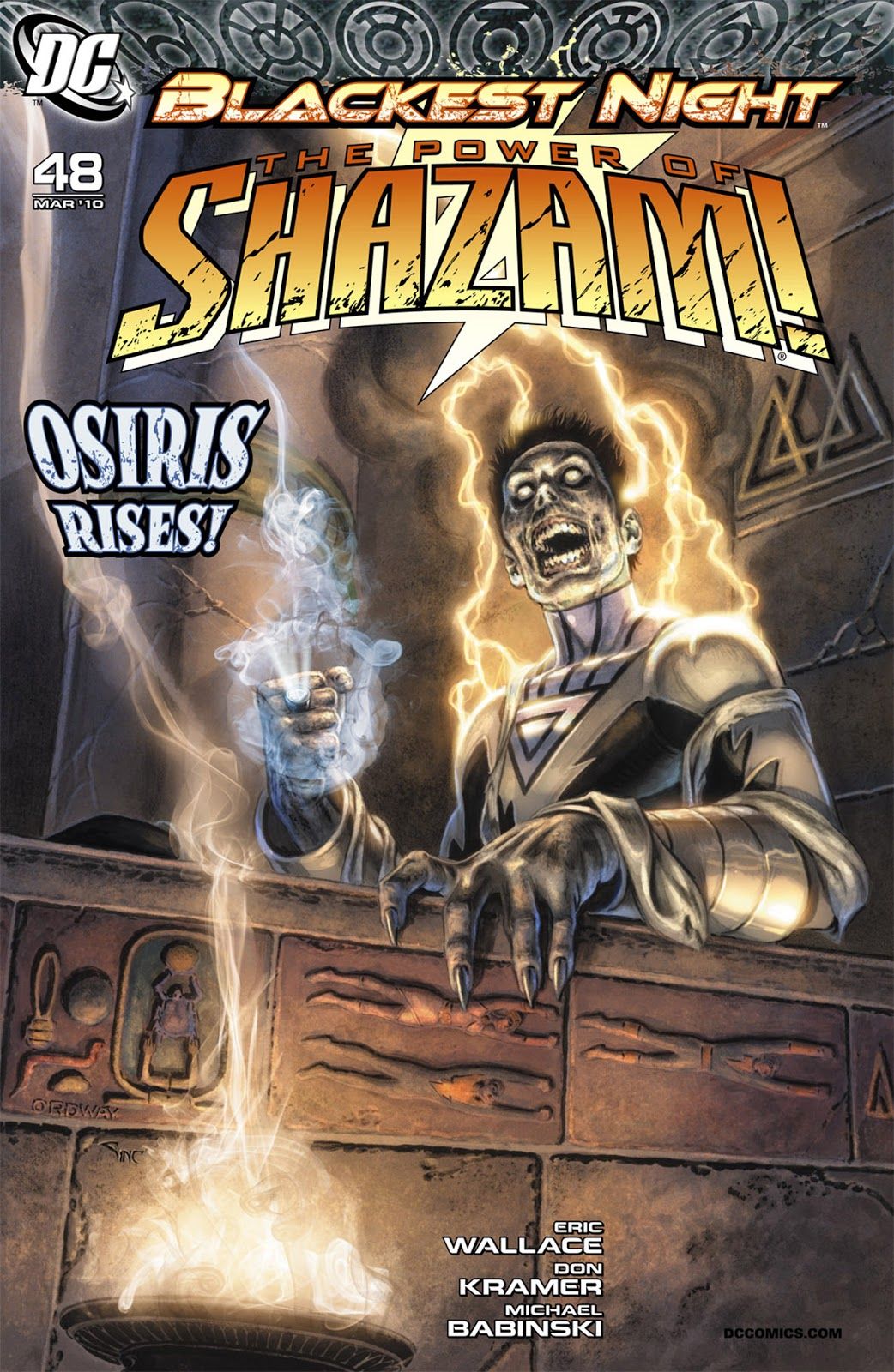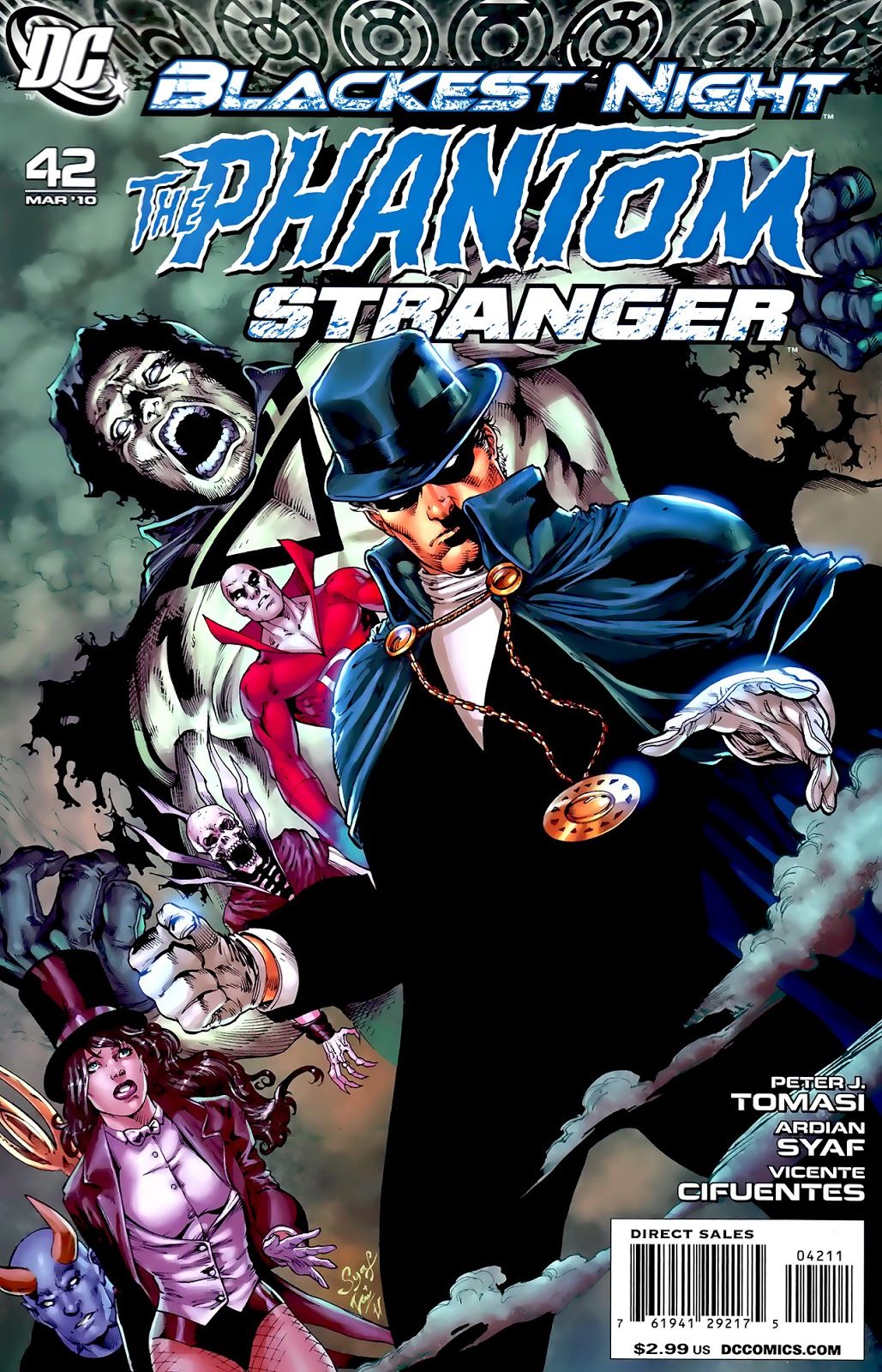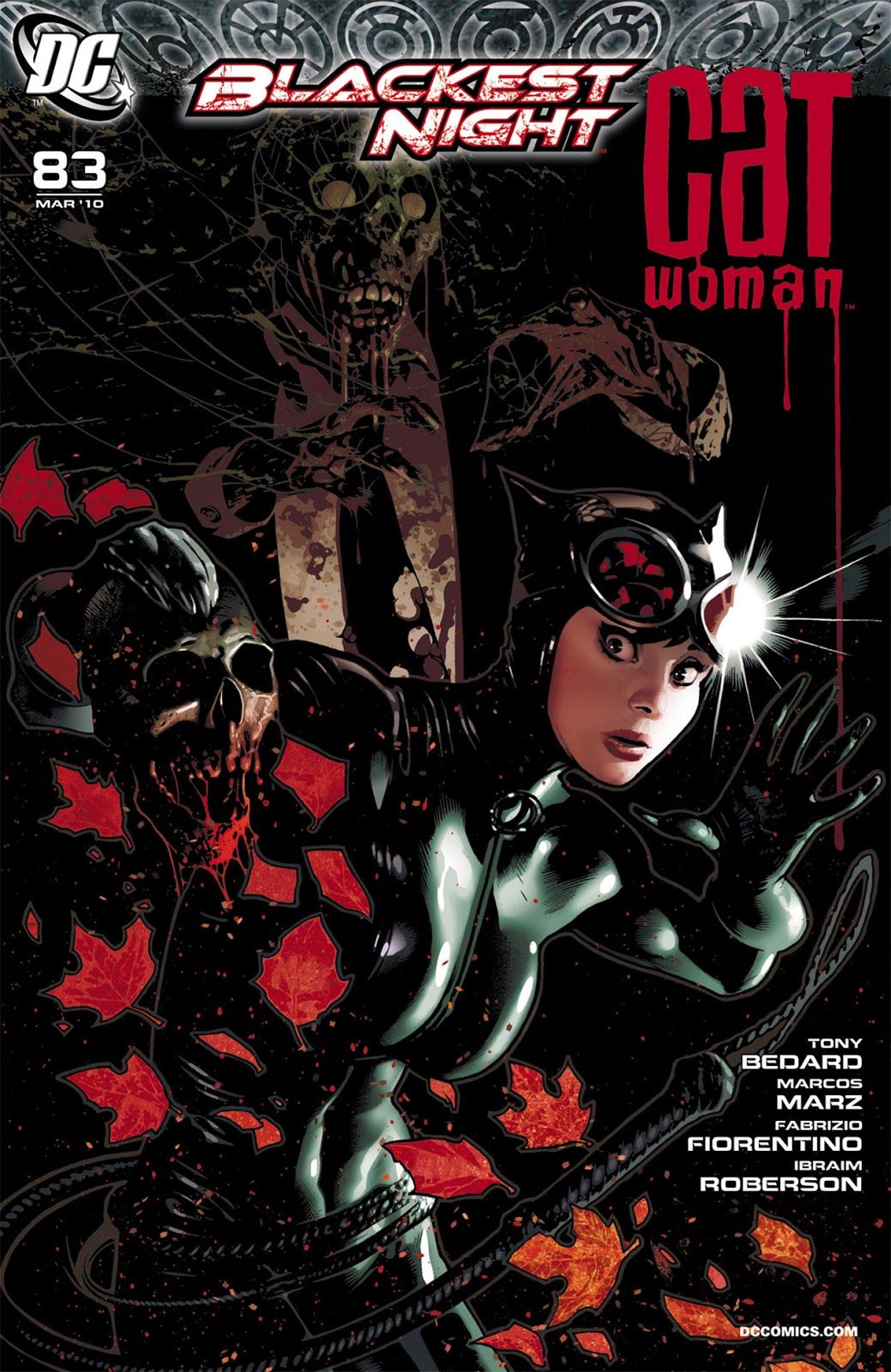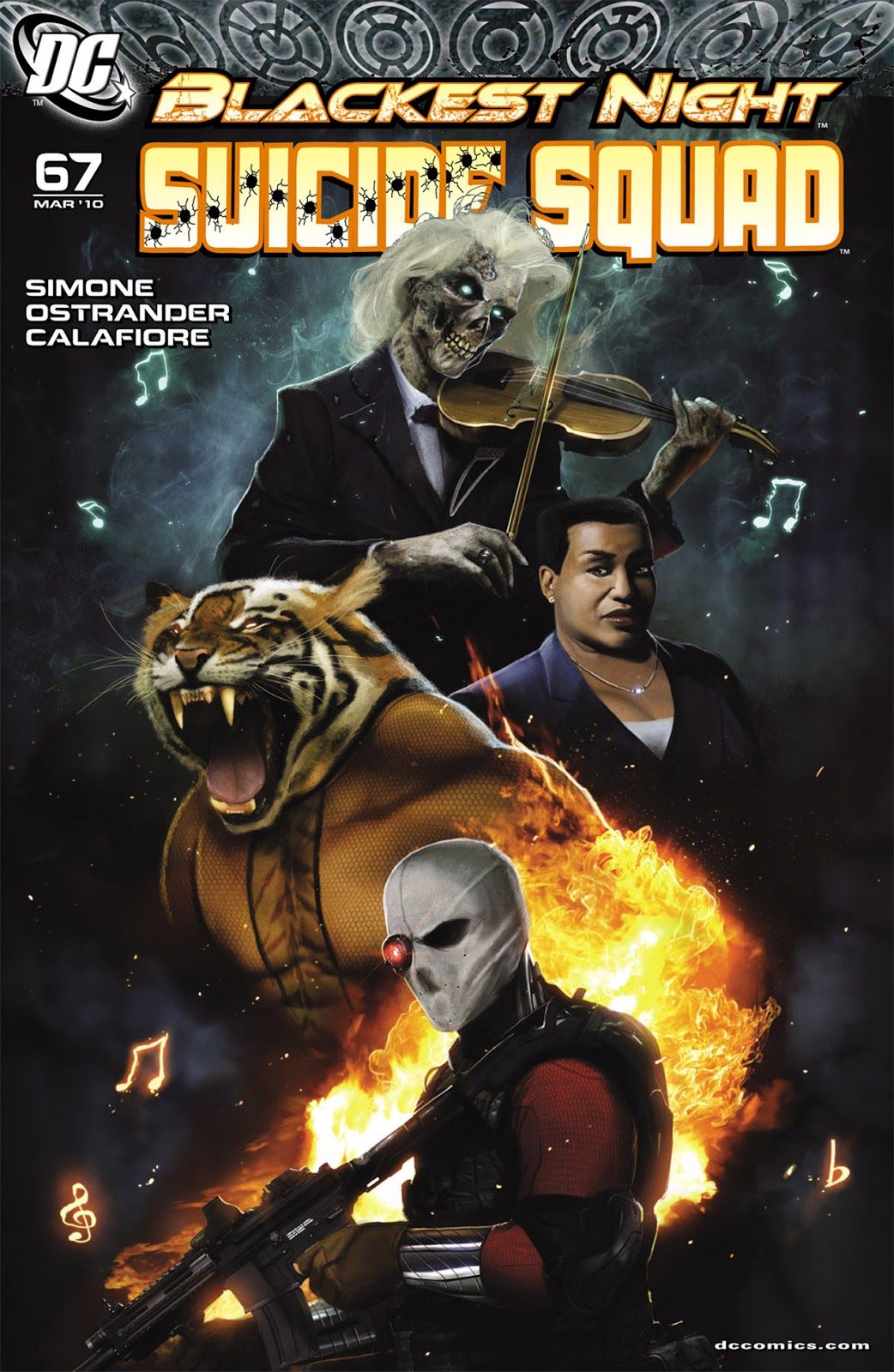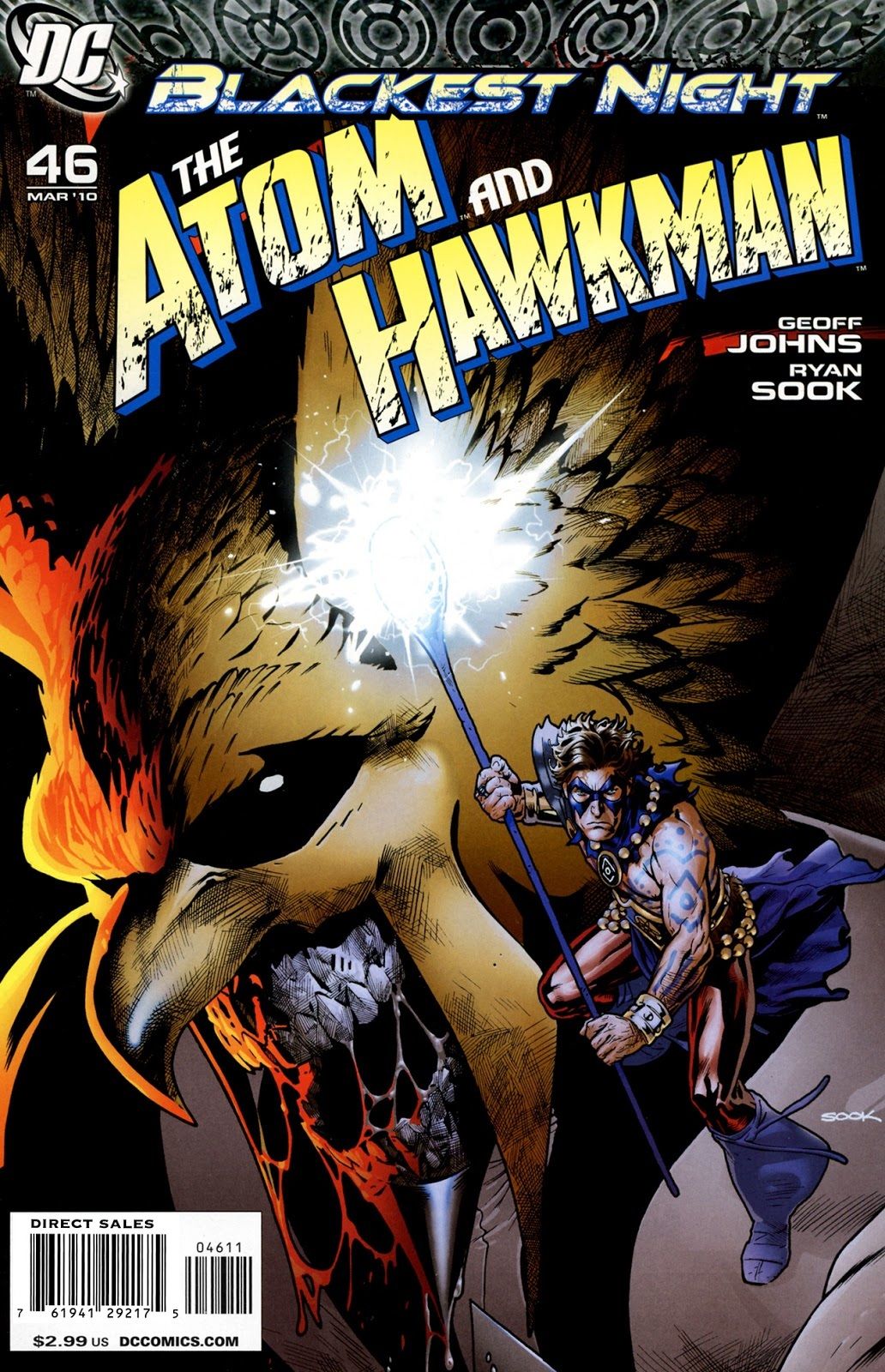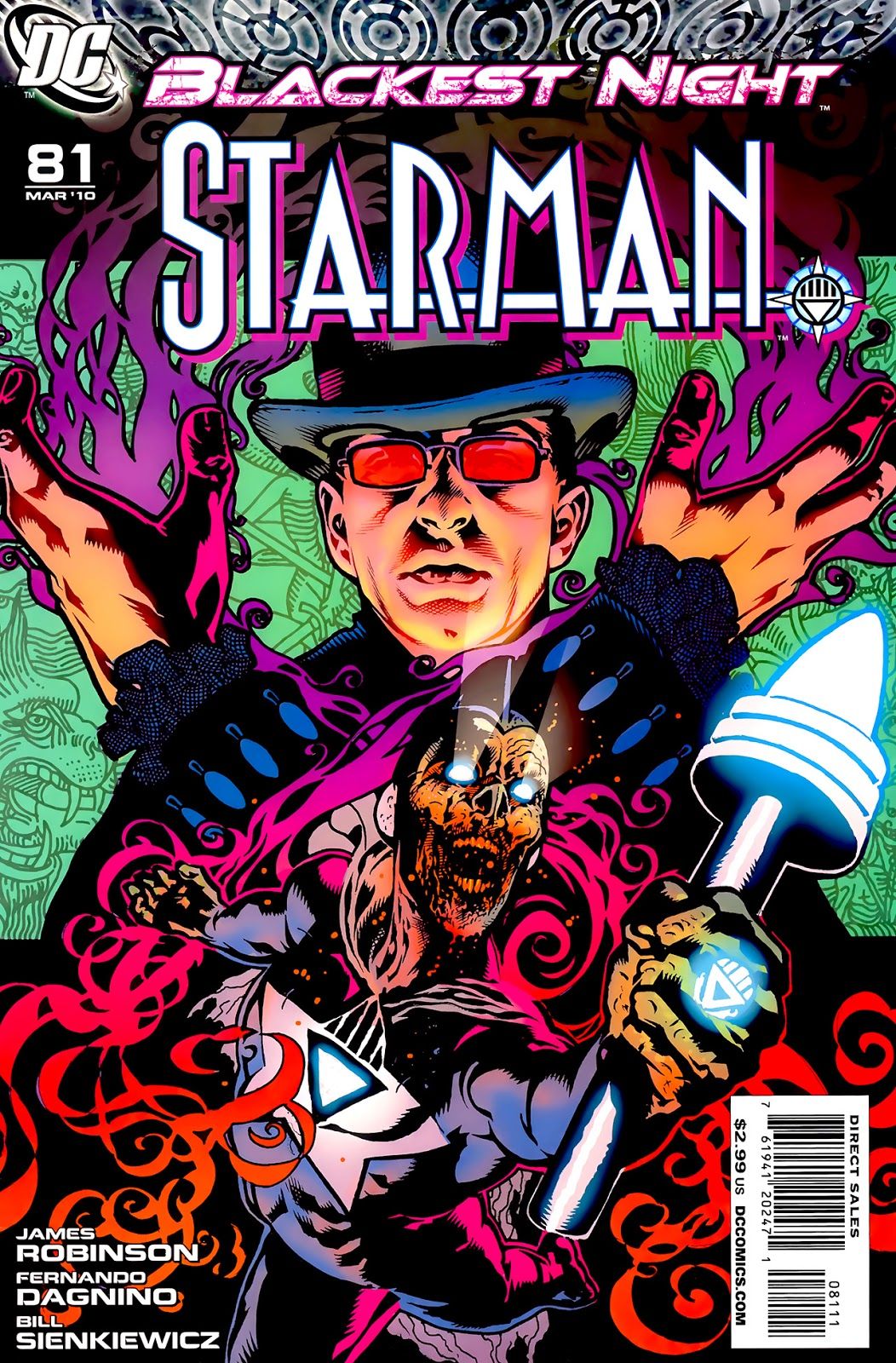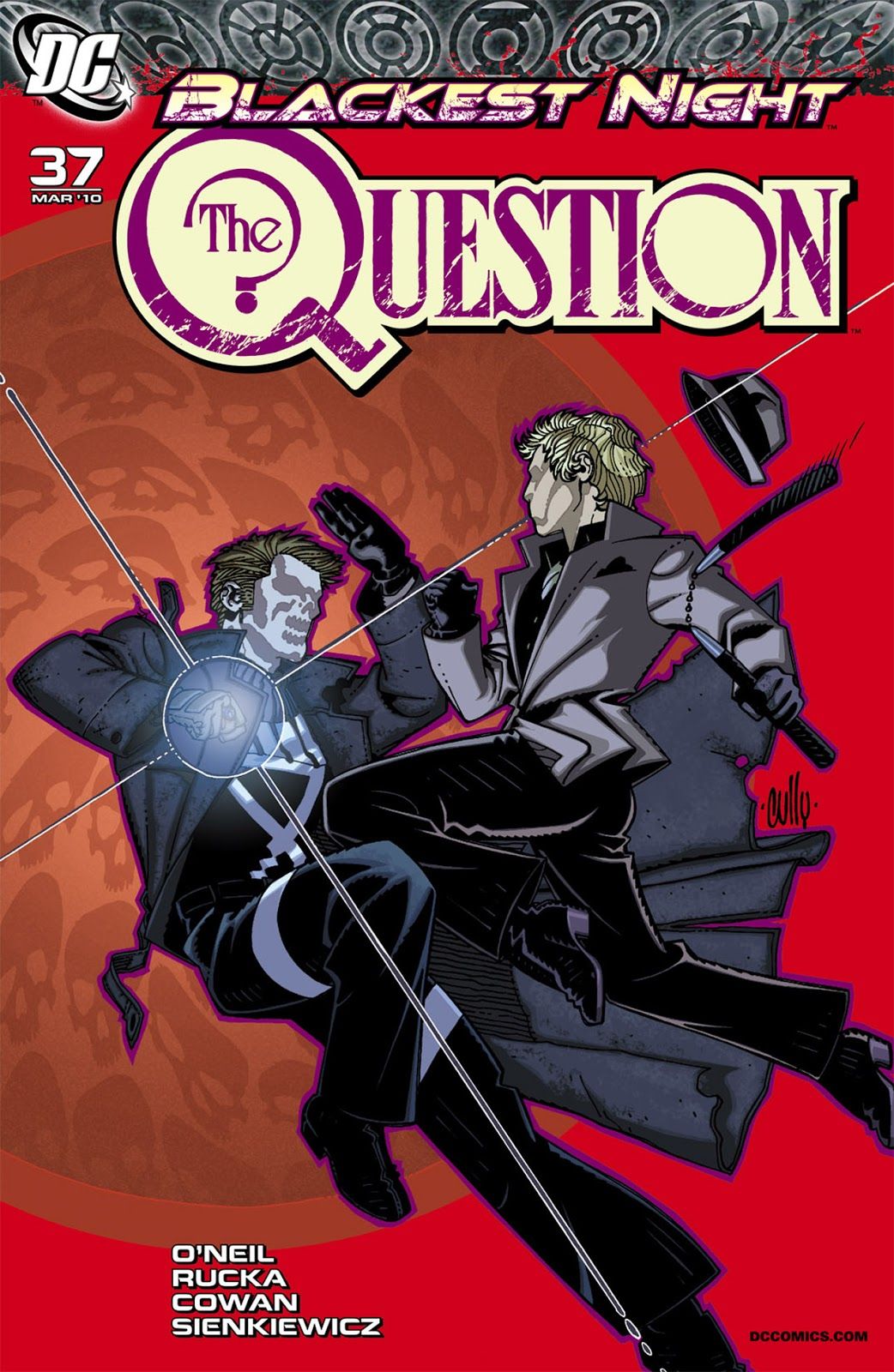This is "Look Back," a feature that I plan to do for at least all of 2019 and possibly beyond that (and possibly forget about in a week, who knows?). The concept is that every week (I'll probably be skipping the four fifth weeks in the year, but maybe not) of a month, I will spotlight a single issue of a comic book that came out in the past and talk about that issue (often in terms of a larger scale, like the series overall, etc.). Each week will be a look at a comic book from a different year that came out the same month X amount of years ago. The first week of the month looks at a book that came out this month ten years ago. The second week looks at a book that came out this month 25 years ago. The third week looks at a book that came out this month 50 years ago. The fourth week looks at a book that came out this month 75 years ago.
Today, we look at the February 2010 "resurrection" of The Question, along with the other similar "resurrections" from around that same time.
Blackest Night was DC's big crossover from 2009 into 2010 (I might feature it in next month's Look Back for March 2010). Written by Geoff Johns and drawn by Ivan Reis, Joe Prado and Oclair Albert, the concept was that all of the dead people in the universe were brought back to (a semblance of) life as Black Lanterns, while wanting to wipe out the remaining living people.
As part of the crossover, DC had a cute gimmick where they would also "bring back from the dead" a number of canceled titles for one last issue. These one-offs were the basic definition of a crapshoot.
Dan Didio's Weird Western Tales #71 was just a bunch of western characters brought back as Black Lanterns...
It wasn't BAD, but it really didn't tie in to the original series and didn't tie much into the overall Blackest Night crossover, either.
Eric Wallace's Power of Shazam! was also barely tied to the original series by Jerry Ordway.
Peter Tomasi's Phantom Stranger was a good story that tied into the crossover well, but it really didn't tie into the original Phantom Stranger series...
Tony Bedard's Catwoman at least tied in with a major event in the Catwoman series, where she killed Black Mask (who is now back as a Black Lantern)...
John Ostrander and Gail Simone co-wrote Suicide Squad #67 as part one of a three-part crossover with Simone's Secret Six series of the time...
It was fine, but since it was a crossover, there wasn't a whole lot of time to devote to the Squad itself.
Atom and Hawkman, by Geoff Johns, was the most tied into the crossover, since it was basically Blackest Night #6A, as Johns wrote it. It was a nice story tying into the crossover, with great Ryan Sook art.
The only two series that were basically just left to the devices of the original writers were Starman, where James Robinson had the Shade and the other citizens of Opal City deal with a Black Lantern David Knight...
and Denny O'Neil and Denys Cowan teaming up with Greg Rucka for an intriguing take on the Question, as Renee Montoya had become the Question at this point and so Black Lantern Vic Sage shows up, but Renee, Lady Shiva and Vic's old friend, Aristotle Rodor, find a way to avoid having to actually fight against Black Lantern Vic, which was a clever way to handle things...
All in all, these extra issues really didn't serve as much of a tribute to the former series, but a few of them at least tied in well to either the Blackest Night crossover or the aforementioned Secret Six crossover. Robinson's was the closest to what you would call a true "tribute" to the original series.
If you folks have any suggestions for February (or any other later months) 2010, 1995, 1970 and 1945 comic books for me to spotlight, drop me a line at brianc@cbr.com! Here is the guide, though, for the cover dates of books so that you can make suggestions for books that actually came out in the correct month. Generally speaking, the traditional amount of time between the cover date and the release date of a comic book throughout most of comic history has been two months (it was three months at times, but not during the times we're discussing here). So the comic books will have a cover date that is two months ahead of the actual release date (so October for a book that came out in August). Obviously, it is easier to tell when a book from 10 years ago was released, since there was internet coverage of books back then.

